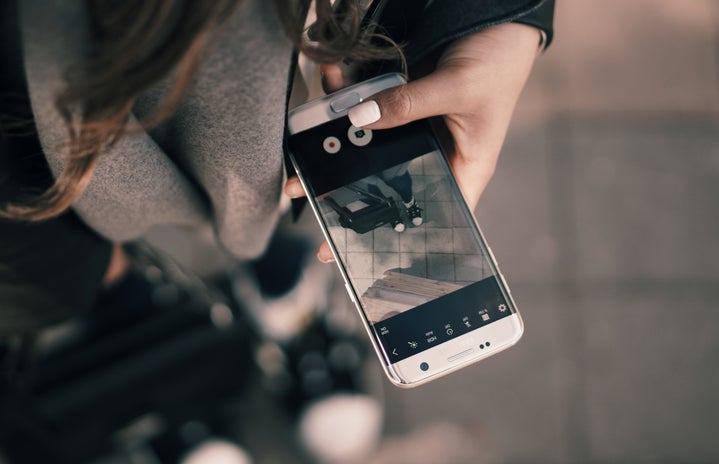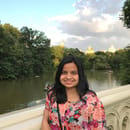There’s nothing you can’t find on Hillside Avenue and its intersections with 168th Street, 168th Pl and 169th Street. A dentist’s office, a Bengali-Chinese restaurant, a laundromat, a driving school, a catering service and a grocery store share walls along the same road. It’s incredible to think that in a five-minute walk, you could choose to get your cavities checked or stock up your fridge for the coming week.
This stretch of Hillside Avenue expands to clothing shops, repair centers, insurance agencies, printing stores and pharmacies. In a way, it mimics the colorful and crowded Dhaka that I call home. So it’s not surprising to hear that for years, it has been the home of Bengalis here in New York.
I’ve had people mention to me that a community like that in 169th Street is insular, where the people are so attached to their roots that they haven’t immersed themselves within New York’s ‘melting pot’. But what they don’t realize is that the city is so special because we can feel like we’re a part of New York while staying grounded in our cultures, and making our own communities. We’ve made ourselves a place we can call home.
Stores along Hillside Avenue offer miscellaneous products and services.
Lehengas and saris adorned with stones and designs are on sale, on the opposite side of the street.
Pedestrians cross 169th Street on a rainy and cloudy afternoon.
169th Street and Homelawn St is always a busy intersection, most cars return home from work.
A pharmacy glows red as the night falls, a customer enters the store.
A quiet night on a crossing that’s usually packed, crowded in the mornings and evenings. Halloween night, kids are dressed up for trick or treating while others walk to their bus stops to go home.
Image Credits: Fareeha Mahmood



